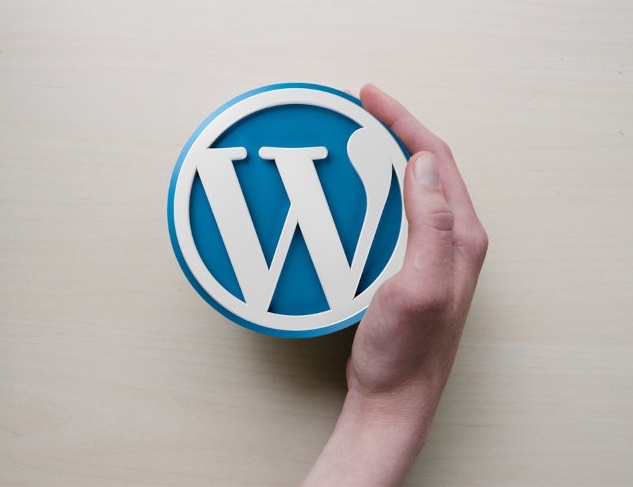In the vast realm of WordPress, customizing your website is the key to standing out in the digital crowd. One often-overlooked aspect that can significantly impact your site’s SEO and user experience is the permalink structure. Permalinks, or permanent links, are the URLs that lead to your individual posts, pages, and other content on your WordPress site. While the default permalink structure is functional, taking the time to customize it can offer numerous benefits.
Customizing your WordPress permalink structure is a small yet impactful step towards creating a user-friendly and SEO-optimized website. By tailoring your URLs to match your content and audience, you not only improve navigation but also contribute to the overall success of your online presence. Take the time to experiment with different structures, and watch as your website’s identity evolves into something truly unique and memorable.
In this guide, we will explore the importance of permalinks, the default structures provided by WordPress, and step-by-step instructions on how to customize them to suit your specific needs.
The Significance of Permalinks:
Permalinks play a crucial role in shaping your website’s identity. They not only provide a web address for your content but also contribute to search engine optimization (SEO) by making your URLs readable and relevant. A well-structured permalink can enhance the user experience, making it easier for visitors to understand the content they are about to explore.
Understanding Default Permalink Structures:
WordPress offers several default permalink structures, each serving a unique purpose. The default settings include:
- Plain: This structure appends a question mark followed by numbers to your domain (e.g.,
https://yoursite.com/?p=123). - Day and Name: Incorporates the post’s publish date and title in the URL (e.g.,
https://yoursite.com/2023/12/10/sample-post/). - Month and Name: Similar to the Day and Name structure but omits the day (e.g.,
https://yoursite.com/2023/12/sample-post/). - Numeric: Simple and clean, this structure uses post IDs only (e.g.,
https://yoursite.com/archives/123). - Post Name: Arguably the most popular, this structure uses only the post title (e.g.,
https://yoursite.com/sample-post/).
Customizing Permalink Structures:
Now, let’s delve into the process of customizing your permalink structure:
- Accessing Permalink Settings:
- Navigate to your WordPress dashboard.
- Go to “Settings” and click on “Permalinks.”
- Choosing a Custom Structure:
- Select the “Custom Structure” option.
- Use tags such as
%postname%,%category%, or%year%to build your desired URL format.
- Saving Changes:
- Scroll down and click “Save Changes” to apply your new permalink structure.
Best Practices for Customization:
- Keep it Simple:
- Aim for clean, concise URLs that are easy to read and understand.
- Include Keywords:
- Incorporate relevant keywords in your permalinks to enhance SEO.
- Avoid Special Characters:
- Stick to alphanumeric characters and hyphens to prevent potential issues.
- Consider Long-Term Impact:
- Once your site is live, changing permalinks may affect existing links. If possible, plan your permalink structure early in the development process.

